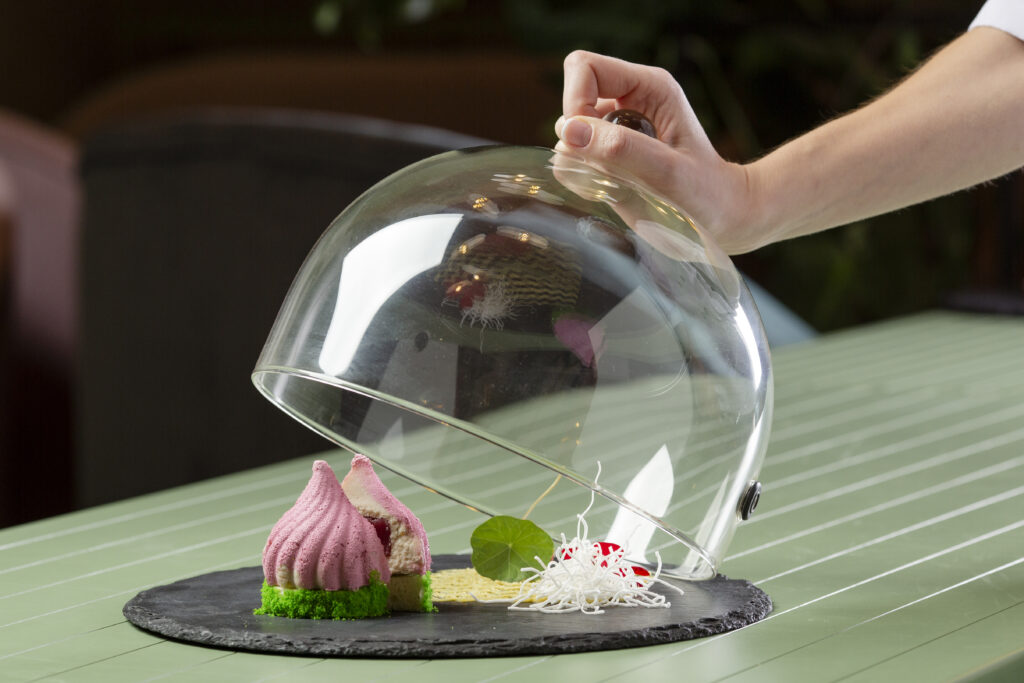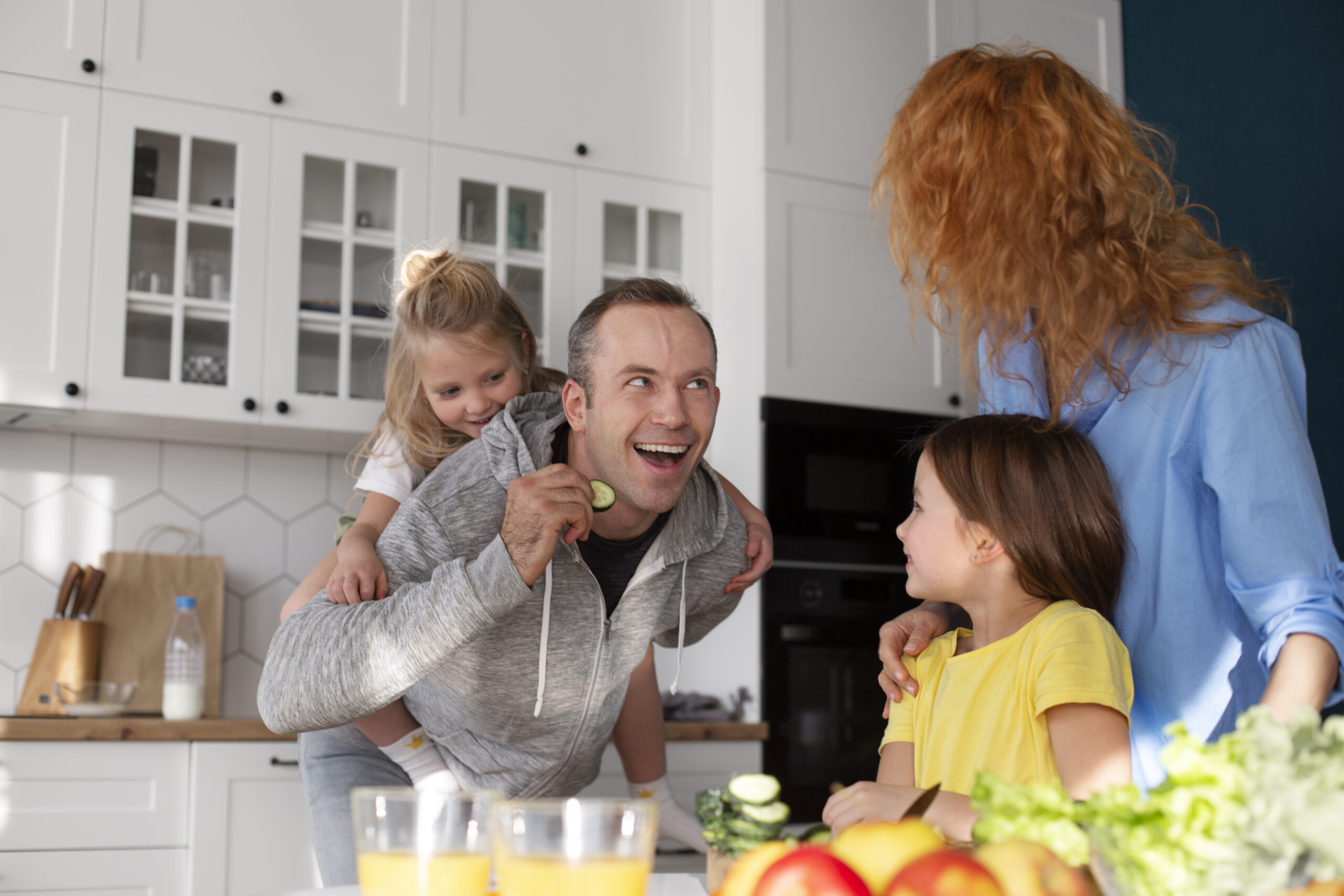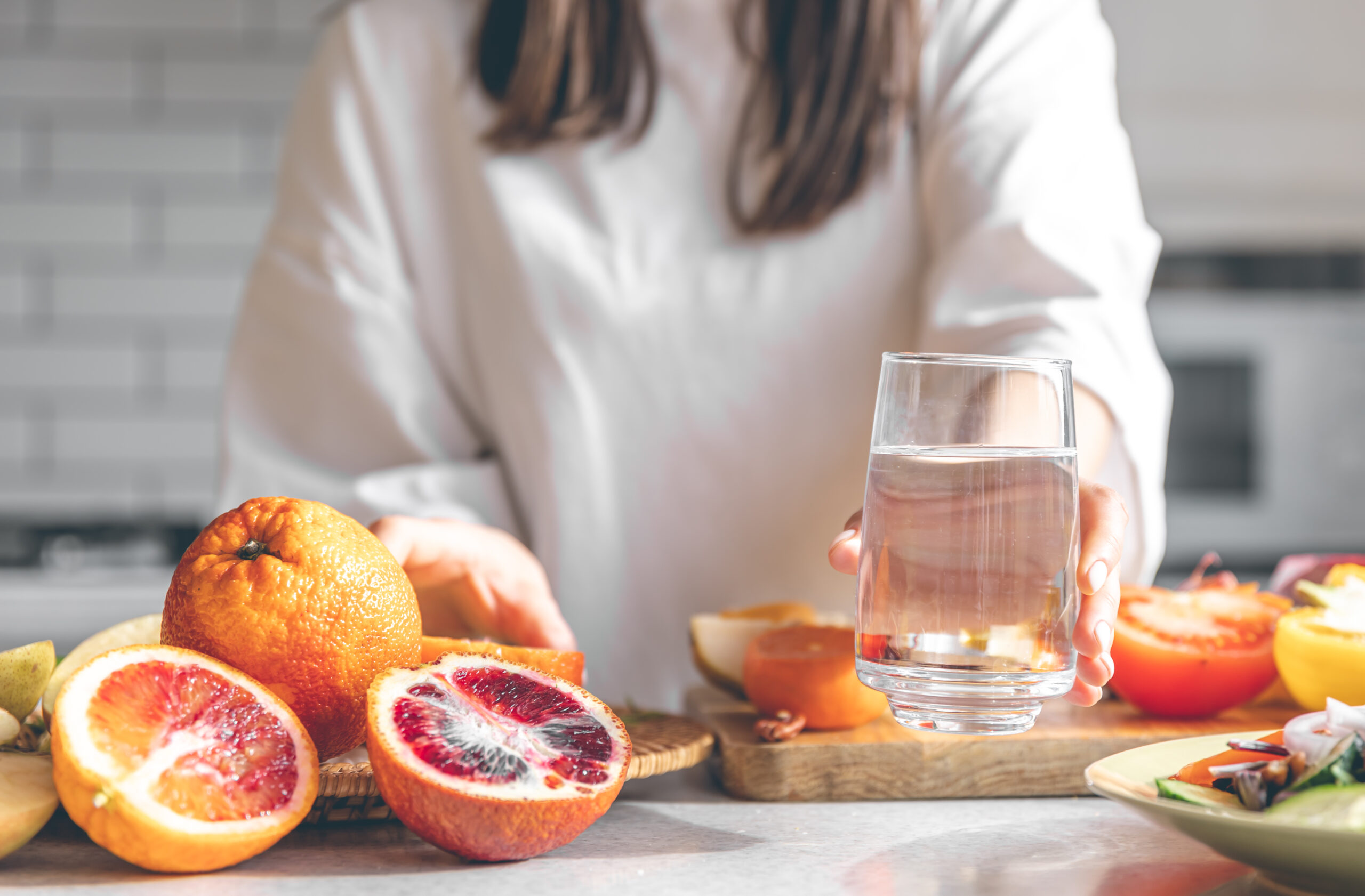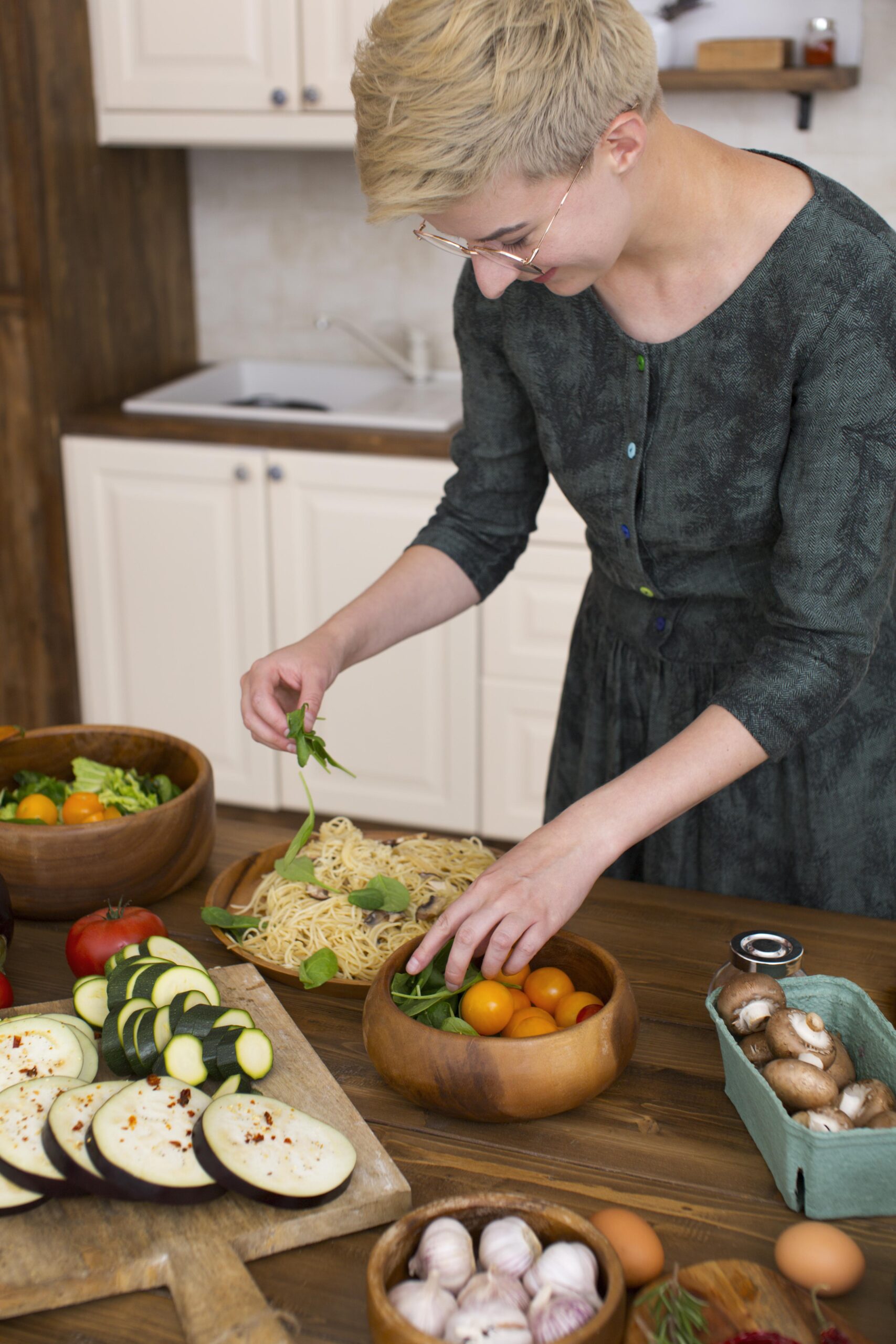Access to nourishing food is essential for every family. For many households, reheating leftovers is part of stretching meals and reducing waste. But without safe practices, microwaving can lead to uneven heating, messy cleanups, and even health risks. By learning simple strategies, families can make the most of their meals and ensure food safety at home.
Why Microwave Safety Matters
Reheating is more than just convenience—it’s a way of making meals last longer, which is vital for families working with limited resources. However, uncovered food can splatter, dry out, or heat unevenly. Unsafe plastics may release harmful chemicals. Paying attention to safe reheating practices helps protect health and preserve nutrition.
Benefits of Covering Food

Using a safe cover traps steam, helps food heat evenly, and keeps moisture intact. This makes meals taste fresher while keeping microwaves cleaner. A transparent cover also allows you to monitor your food, ensuring better results and fewer accidents.
Supporting Nutrition Through Safe Practices
When families reheat safely, they not only protect health but also stretch meals further. Covering food, stirring midway, and letting it rest briefly can preserve nutrients. These habits promote healthier eating and minimize food waste—a core part of nourishment for all.
Final Thoughts
Safe reheating is more than a kitchen tip—it’s a way to strengthen families, reduce food waste, and protect community health. By adopting small changes, every household can make the most of their meals while promoting wellness at home.


